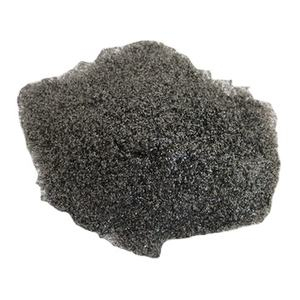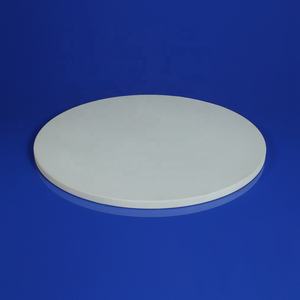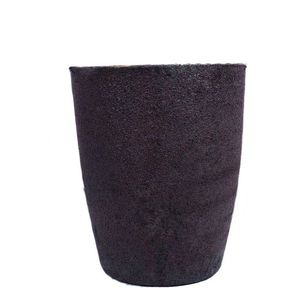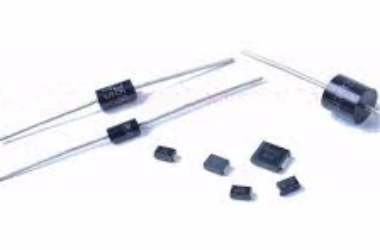
A triac is a special semiconductor device with three electrodes: anode, cathode, and gate. Different from ordinary diodes, bidirectional diode thyristors can conduct current in both directions, and their working principle is to control the switching of current through the gate. This device is widely used in various power conversion, motor control, and other applications.

Characteristics of bidirectional diode thyristor
- Bidirectional conduction: Bidirectional diode thyristor can conduct current in both forward and reverse directions. This feature makes it widely used in AC circuits.
- Gate control: By controlling the current switch through the gate, precise control of the current can be achieved.
- Low conduction voltage drop: In the conduction state, the voltage drop of the bidirectional diode thyristor is low, which helps to reduce energy consumption.
- High switching speed: The bidirectional diode thyristor has a fast switching speed and is suitable for high-frequency applications.
- Short reverse recovery time: During the switching process, the reverse recovery time is short, which can reduce the impact on adjacent devices.
- Good thermal stability: Bidirectional diode thyristors have good thermal stability and can work stably in high-temperature environments.
- Strong ability to withstand current: Bidirectional diode thyristors can withstand large currents and are suitable for high-load applications.
Bidirectional diode thyristors are widely used in many fields:
- Motor control: During the starting and braking process of the motor, the bidirectional diode thyristor can accurately control the changes in current and voltage to achieve better control effects.
- Power inverter: Bidirectional diode thyristors can convert direct current into alternating current and are widely used in power inverters and other equipment.
- Electronic switch: A bidirectional diode thyristor can be used as an electronic switch, and the switch can be turned on and off by controlling the gate signal.
- AC circuit control: In AC circuits, bidirectional diode thyristors can control the flow direction and magnitude of current by controlling the timing and amplitude of trigger signals to achieve functions such as AC dimming.
- Power protection: Bidirectional diode thyristors can be used for power protection. For example, when the power supply is overloaded or short-circuited, the bidirectional diode thyristor can be triggered to quickly cut off the current.
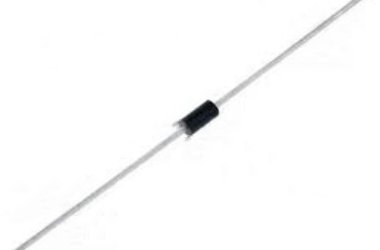
Possible failures and repair methods of bidirectional diode thyristors
- Fault phenomenon: unable to trigger normally or no conduction after triggering.
Possible reasons: damaged gate, short circuit, or open circuit between anode and cathode.
Solution: Replace the gate or check whether the connection between the anode and cathode is normal.
- Fault phenomenon: The current increases abnormally after it is turned on.
Possible reasons: device aging or short circuit between anode and cathode.
Solution: Replace the device or check whether the connection between the anode and cathode is normal.
- Fault phenomenon: The trigger signal is lost or insensitive.
Possible reasons: The trigger signal source is faulty, or the signal line is in poor contact.
Solution: Check whether the trigger signal source and signal line are normal.
Maintenance recommendations for Bidirectional diode thyristor
- Regularly check the appearance of the bidirectional diode thyristor to ensure that it is not damaged or deformed.
- Regularly check whether the electrical connection of the bidirectional diode thyristor is normal, including the connections between the anode, cathode, and gate.
- Carry out regular functional tests to ensure that the bidirectional diode thyristor can work properly when needed.
- When using bidirectional diode thyristors, avoid conditions that exceed the rated current and operating voltage to avoid overload or damage.
- When performing maintenance and inspection, be sure to turn off the power first and use appropriate tools and protective measures to ensure safety.
Bidirectional diode thyristor is an important semiconductor device with wide application prospects. During use, you need to pay attention to its characteristics and usage methods to avoid malfunctions. At the same time, regular maintenance and inspection are also key to ensuring its normal operation. By understanding the troubleshooting and maintenance methods of trials, we can better use this device and improve the stability and reliability of the system.
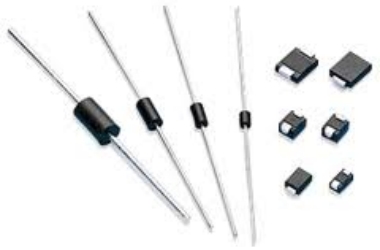
Supplier
PDDN Photoelectron Technology Co., Ltd. is a high-tech enterprise focusing on the manufacturing, R&D and sales of power semiconductor devices. Since its establishment, the company has been committed to providing high-quality, high-performance semiconductor products to customers worldwide to meet the needs of the evolving power electronics industry.
It accepts payment via Credit Card, T/T, West Union, and Paypal. PDDN will ship the goods to customers overseas through FedEx, DHL, by sea, or by air. If you are looking for high-quality Bidirectional diode thyristor, please feel free to send us inquiries and we will be here to help you.
